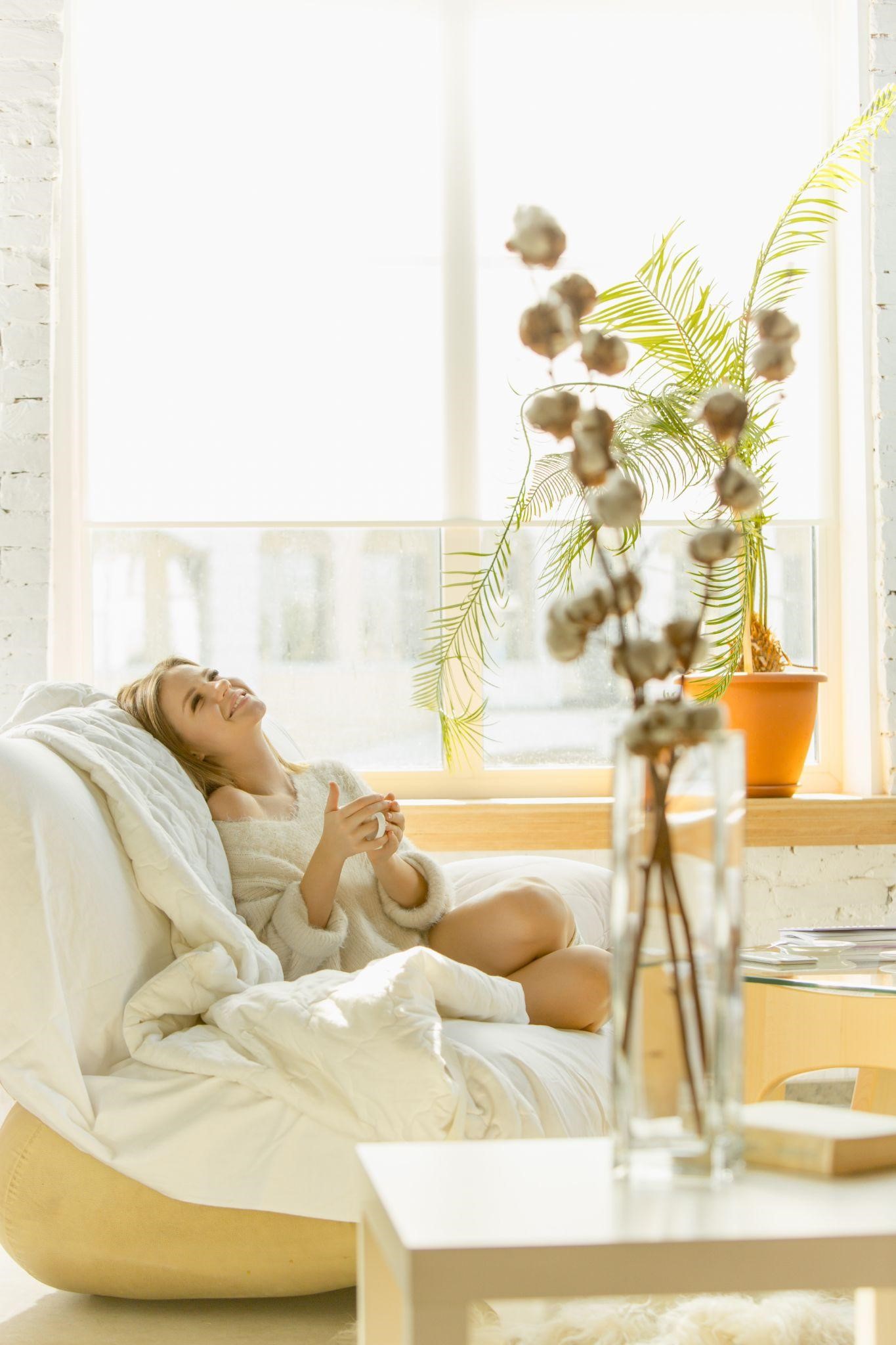
The concept of an allergen-free living space is gaining traction in the world today. In simple terms, it refers to a living environment that is free from allergens—substances that can cause allergic reactions. The idea is to create a space where people can live, work, and relax without worrying about potential health risks associated with exposure to allergens.
The quest for allergen-free living spaces is driven by the growing awareness of the impact of allergens on our health. Allergens are everywhere—in the air we breathe, the food we eat, and the surfaces we touch. While not everyone is allergic to these substances, those who are can experience discomfort, irritation, and in severe cases, life-threatening reactions.
An allergen-free living space is not just a luxury but a necessity for those with allergies. However, the benefits extend beyond this group. Living in such an environment can significantly improve the overall quality of life for everyone, contributing to better health and wellbeing.
The Importance of Maintaining a Healthy Home
Maintaining a healthy home is crucial for several reasons. First, our homes are our sanctuaries. They’re where we retreat to after a long day, where we raise our families, and where we entertain friends. Ensuring they’re free from allergens means we’re protecting ourselves and the people we care about from potential harm.
Secondly, a healthy home reduces the risk of developing allergies and other related health conditions. Prolonged exposure to allergens can lead to chronic conditions such as asthma or even allergen-induced sinusitis. By keeping our homes allergen-free, we’re taking proactive steps towards preventing these health issues.
Finally, an allergen-free home promotes overall wellbeing. Living in a clean, healthy environment has been linked to improved mental health. It enhances mood, reduces stress, and promotes better sleep—factors that contribute to a higher quality of life.
Common Allergens in the Home and Their Effects
There are numerous allergens that can lurk in our homes. Some of the most common include dust mites, mold, pet dander, and pollen. These allergens can cause a range of symptoms, from mild irritations like sneezing and itching, to more severe conditions such as asthma or anaphylaxis.
Dust mites, tiny creatures that thrive in warm, humid environments, are a common cause of allergies. They feed on dead skin cells and are usually found in bedding, upholstery, and carpets. Exposure to dust mites can cause symptoms such as sneezing, runny nose, itchy eyes, and coughing.
Mold is another common allergen found in many homes. It grows in damp areas and can release spores into the air, which can be inhaled, causing allergic reactions. Symptoms of mold allergies can include sneezing, itching, and wheezing.
Pet dander, or tiny flecks of skin shed by cats, dogs, and other animals with fur or feathers, can also cause allergic reactions. Symptoms can range from itchy eyes and sneezing to more severe reactions like difficulty breathing.
Pollen, a powdery substance produced by trees, flowers, and grasses, can also enter homes and cause allergies. Depending on the severity of the allergy, symptoms can range from itchy eyes and a runny nose to difficulty breathing and severe asthma attacks.
Steps Towards an Allergen-Free Living Space
Achieving an allergen-free living space involves several steps. The first is understanding what allergens are present in your home. This can be done through professional testing or by noting any allergic reactions that occur while at home.
Once you’ve identified the allergens, the next step is to eliminate or reduce them. This could involve regular cleaning, using allergen-proof covers on bedding, or removing items that collect dust like carpets and heavy drapes.
It’s also important to control humidity levels in your home to prevent the growth of mold and dust mites. This can be done using dehumidifiers or air conditioners. Moreover, if you have pets, consider keeping them out of bedrooms and other areas where people spend a lot of time.
Lastly, consider making changes to your lifestyle to reduce exposure to allergens. This could involve spending less time outdoors when pollen counts are high, or washing your hands immediately after petting animals.
The Role of Ventilation and Air Purification in Allergen Control
Ventilation and air purification play a crucial role in controlling allergens in the home. Proper ventilation helps to reduce the concentration of allergens in the air by allowing fresh air to circulate. This can be achieved by opening windows, using exhaust fans, and ensuring vents are not blocked.
Air purifiers, on the other hand, work by removing allergens from the air. They use filters to trap particles like dust, pollen, and pet dander, and some models can even kill mold spores. Using an air purifier in rooms where you spend the most time can significantly reduce exposure to allergens.
However, it’s important to note that while air purifiers can be effective in reducing airborne allergens, they can’t eliminate allergens on surfaces. Therefore, they should be used in conjunction with regular cleaning.
Cleaning Practices for Allergen-Free Homes
Effective cleaning is a vital part of maintaining an allergen-free home. Regularly vacuuming carpets, rugs, and upholstery can help to remove allergen particles. It’s recommended to use a vacuum with a HEPA filter, as these can trap small particles that other vacuums may miss.
Dusting is also important, but it should be done with a damp cloth to prevent allergies from becoming airborne. Additionally, washing bedding and soft toys in hot water can kill dust mites, and using allergen-proof covers on mattresses and pillows can prevent them from returning.
If mold is a problem, it’s crucial to clean affected areas with a mold-killing product. However, it’s equally important to address the cause of the mold, such as a leak or high humidity, to prevent it from returning.
Allergen-Free Living: Focusing on the Bedroom
The bedroom is a key area to focus on when creating an allergen-free home, as we spend a significant amount of time there. Bedding, carpets, curtains, and stuffed toys can all harbor allergens, particularly dust mites.
To combat this, consider using allergen-proof covers on mattresses, duvets, and pillows. These are made from tightly woven fabric that dust mites can’t penetrate. Wash bedding regularly in hot water to kill any dust mites, and consider replacing carpets with hard flooring, which is easier to keep dust-free.
If you have pets, it’s best to keep them out of the bedroom. Pet dander can accumulate on bedding and carpets, causing allergic reactions.
Allergen-Free Living: Focusing on the Kitchen
The kitchen is another area that needs attention when it comes to allergen-free living. Common allergens in the kitchen include mold, which can grow in fridges and on food, and cockroach droppings, which can cause allergies in some people.
To prevent these allergens, regularly clean your fridge and cupboards, and store food in airtight containers. Regularly take out the trash and clean up any food spills immediately to deter cockroaches.
If you have food allergies, be vigilant about cross-contamination. Use separate utensils and cutting boards for different types of food, and always clean surfaces thoroughly.
Professional Services for an Allergen-Free Home
While there’s a lot you can do yourself to create an allergen-free home, sometimes it’s best to call in the professionals. This is particularly true if you have severe allergies, or if you’re dealing with stubborn allergens like mold.
Professional allergen control services can carry out a thorough assessment of your home to identify allergens. They can also provide specialized cleaning services, using products and techniques designed to eliminate allergens.
Additionally, professional services can offer advice on changes you can make to your home and lifestyle to reduce exposure to allergens. This could include recommendations on air purifiers, dehumidifiers, and allergen-proof bedding.
Conclusion: Embracing an Allergen-Free Lifestyle
In conclusion, creating an allergen-free living space is a proactive step towards healthier living. While it may require some effort and changes to your lifestyle, the benefits for your health and wellbeing are well worth it.
Remember, the goal is not to create a sterile environment, but rather to reduce allergens to a level that doesn’t cause discomfort or harm. With awareness, regular cleaning, and the right tools and strategies, you can create a home that supports your health, rather than detracts from it.

